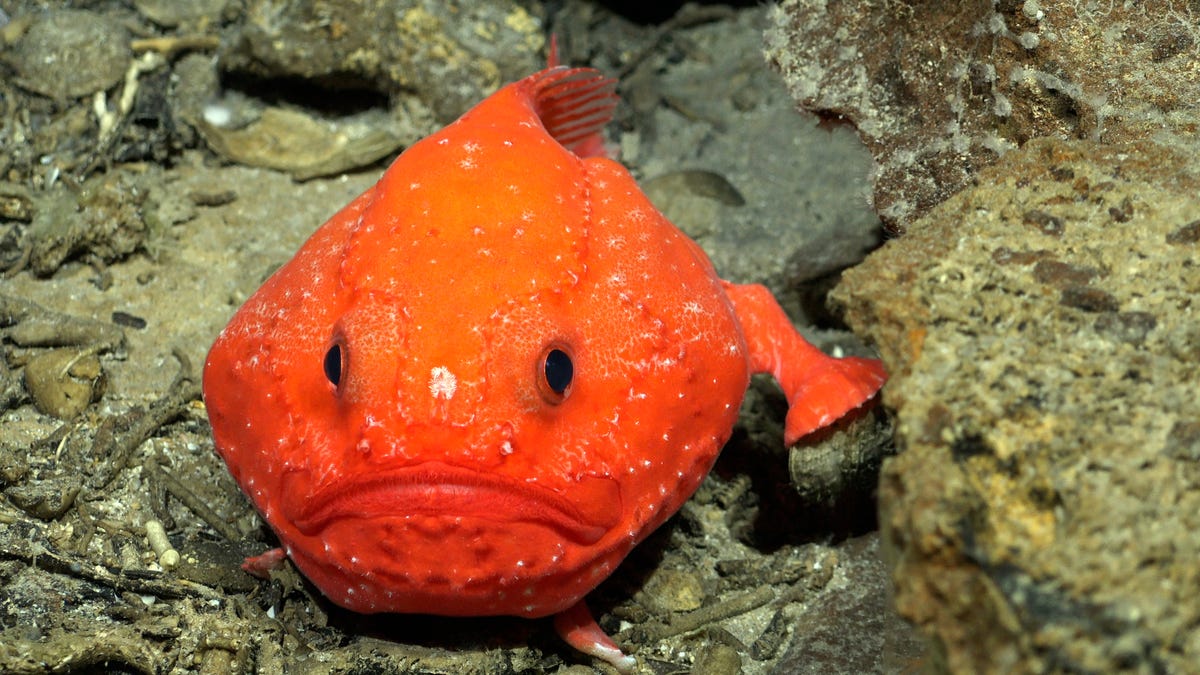There’s an Ancient Connection Between Our Saliva and Snake Venom


Humans and other mammals have the same genetic foundations for developing oral venom that snakes have, according to a paper published today in the Proceedings of the National Academy of Sciences.
This connection was discovered by a research team looking at venom-producing tissue from 30 habus, a pit viper from East Asia. The researchers were scrutinizing the animals’ genes to understand which had a hand in expressing the complex proteins that make up the snakes’ venom.
The toxins in snake venom evolve quickly, and it’s hard to get a sense of how ancient toxins may have differed from the ones sequestered in the animals’ glands today. Instead of searching for those earlier states, the researchers—Agneesh Barua and Alexander S. Mikheyev of Japan’s Okinawa Institute of Science and Technology—instead looked at the genes that are instrumental in making the toxins. It’s almost like not being able to hear an old piece of music but instead getting a gist of how other music derived from it based on the common rules of its tempo, time signature, and key.
After learning how genes expressed toxin-related proteins, the next step was to establish correlations between the genes (which genes were most or least often associated). The researchers found that the venom genes were ones that worked to maintain protein structure and cultivate a biological environment that allowed a lot of proteins to be produced.
G/O Media may get a commission
“This makes perfect sense, because venom is a cocktail made up of toxin proteins,” said Barua in an email. “It is vital that the protein structure of these toxins is maintained. Otherwise, the venom won’t work, and the animal would not be able to catch its prey.”
“This suggests that there is a common molecular framework between venom glands in snakes and salivary tissue in non-venomous mammals,” Barua said, adding that the shared attribute represents an ancient genetic makeup inherited by both modern animal groups.

Some mammals do have venom; both living types of monotreme have glands for injecting toxins, though only the platypus’s are functional. Shrews and slow lorises can also unleash a toxic bite—the latter’s involves combining saliva with secretions from the sweat gland. On the whole, though the reptilian world has mammalian life beat, producing a diverse array of species with a repertoire of different venoms. The salivary glands of mice, dogs, and humans still genetically resemble those of our distant, slithery cousins on the tree of life. It’s not yet known why serpents became such experts of toxicity, while mammals just dabbled with the helpful trait.
“It is likely that the ancestor of venomous snakes had a particular advantage in developing oral secretions, the kind of advantage that ancestors of shrews or mice didn’t have,” Barua said. “It could be imagined that the conditions for the non-venomous ancestors of snakes were ‘just right’ to develop venom.”
It’s theoretically possible that non-venomous mammalian salivary glands, like those of humans or mice, could eventually become so. (But it’s hard to imagine what adaptive purpose venom might serve for us, what with the global supply chain and all.)
For now, at least, the research is a reminder that complex life on this planet has very ancient shared roots, and even reptiles and mammals are genetically tethered. Our similarities will always be more than skin (or scale) deep.
Source link





